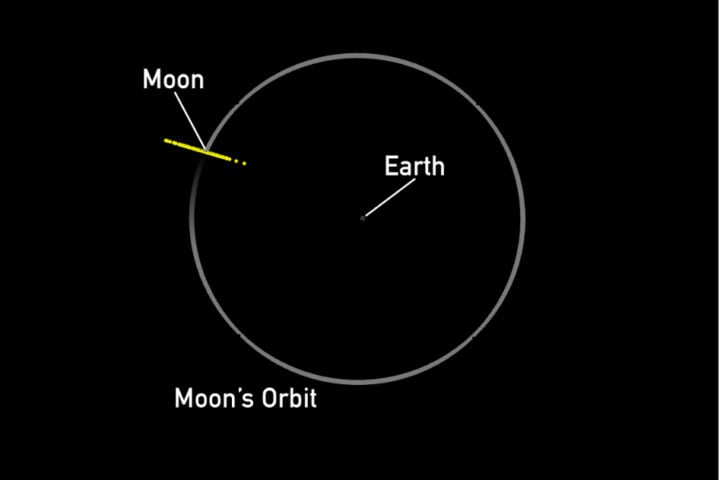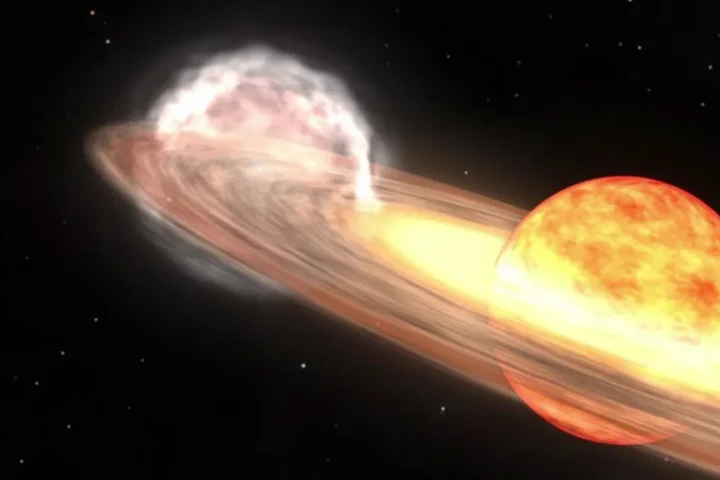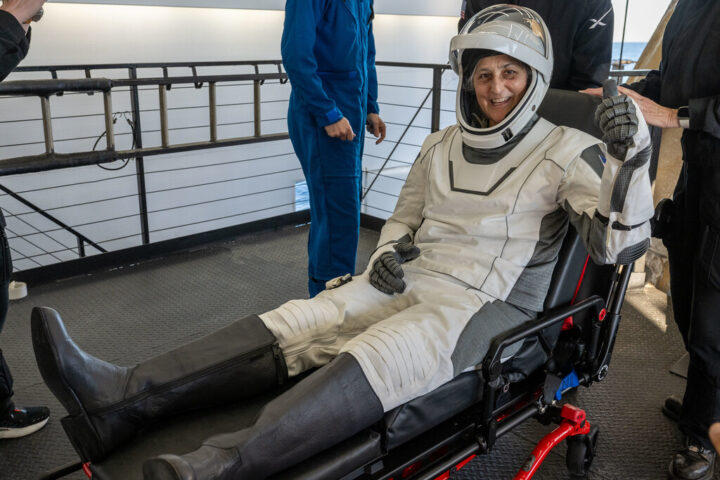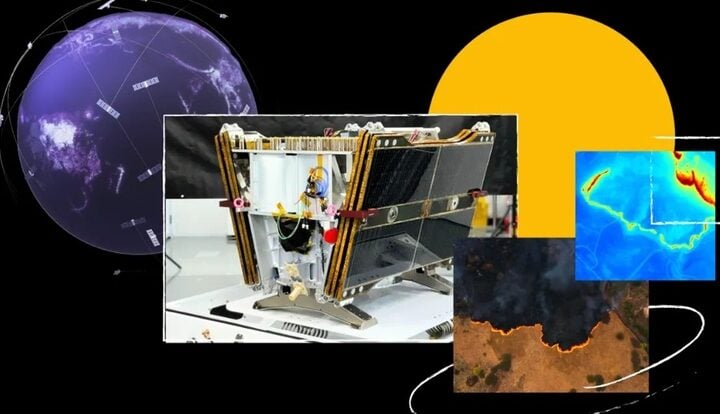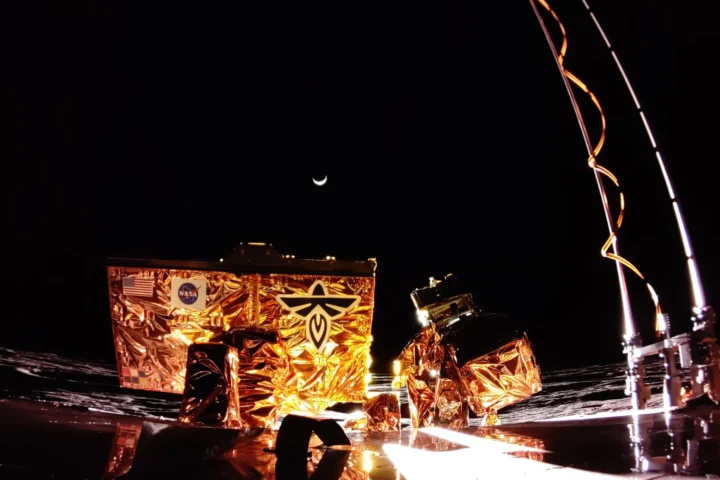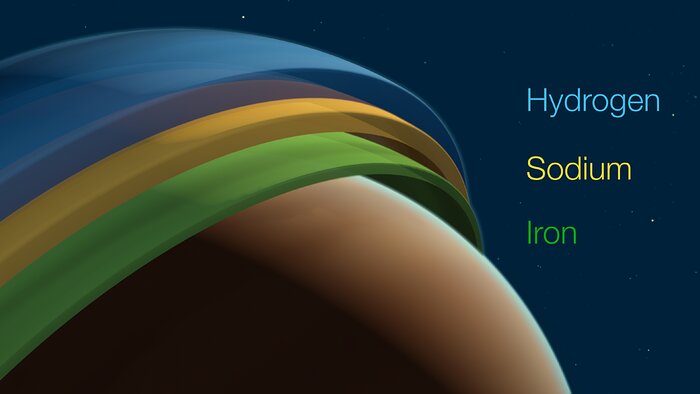
Picture a world where metal turns to vapor and winds blow at unprecedented speeds in space. Scientists have found exactly that on a distant planet called WASP-121b, located 900 light-years from Earth.
Using powerful telescopes in Chile, researchers have created the first-ever 3D map of this planet’s atmosphere. What they found surprised even the experts. The planet’s winds reach speeds of 70,000 kilometers per hour – making them the fastest winds ever recorded on any planet.
“This planet’s atmosphere behaves in ways that challenge our understanding of how weather works,” says Julia Victoria Seidel, who led the research at the European Southern Observatory. Our planets have atmospheres with different layers, and WASP-121b also has layers, but they behave in unexpected ways.
Similar Posts
The bottom layer contains iron that’s so hot it turns into vapor due to the extreme temperatures. The middle layer features a massive jet stream carrying sodium around the planet’s middle. The top layer is made of hydrogen that’s slowly escaping into space.
What makes this planet special is its location. It sits very close to its star, completing one orbit in just 30 hours. That’s like having a year shorter than two Earth days. This close orbit heats the planet to more than 2,500 degrees Celsius – hot enough to melt iron.
“It’s truly mind-blowing that we’re able to study details like this on a planet so far away,” says Bibiana Prinoth, a researcher who studied the planet’s chemical makeup. Her team found titanium in the atmosphere, which earlier studies had missed because it was hidden in deeper layers.
These findings help scientists better understand how atmospheres work under extreme conditions. This knowledge could improve our understanding of weather patterns everywhere, from Earth to other planets we might discover.
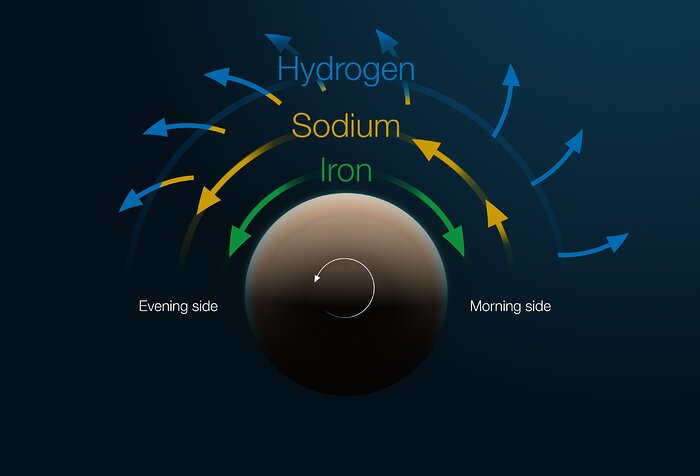
The research team used an instrument called ESPRESSO on the Very Large Telescope to make these discoveries. Looking at how light passes through the planet’s atmosphere, they could tell what chemicals were present and how they moved around.
This study shows how far our ability to study distant planets has come. Each new discovery about worlds like WASP-121b helps us better understand our place in the universe and how planetary systems work.
The findings appear in the science journal Nature, marking an important step forward in our understanding of planets beyond our solar system.







